Friends in Mumbai told me I had to try dal baati in Rajasthan. It’s a typical desert dish consisting of, you guessed it, dal, and baati, a very dense dough ball that has been baked in ‘the oven’ (I will later find out that this ‘oven’ is actually smouldering cow dung). This version of the dish is already very heavy, but in true Indian style you can take it one step further and have dal baati churma, which is when the cooked dough balls are then torn up and drowned in ghee.
This dish appealed massively to the greedy butter-loving monster that lives inside me. So, for the next few weeks as I travelled through Rajasthan, I kept trying to find somewhere that served it, only to be told “it’s not the season”. Apparently it’s just a winter thing.
But I was adamant, I must try dal baati churma in Rajasthan! Finally, as Cass and I reach the sweltering desert city of Jaisalmer, I finally find someone who will make the dish for us. Sandy, our lovely camel-man has agreed that if we bring him ghee, he will cook it for us in the desert. I’m delighted. Delight however soon turns to stomach churning remorse as Cass and I finally chow down on the dish in 42 degree desert heat. More on that later.
Jaisalmer – a desert city
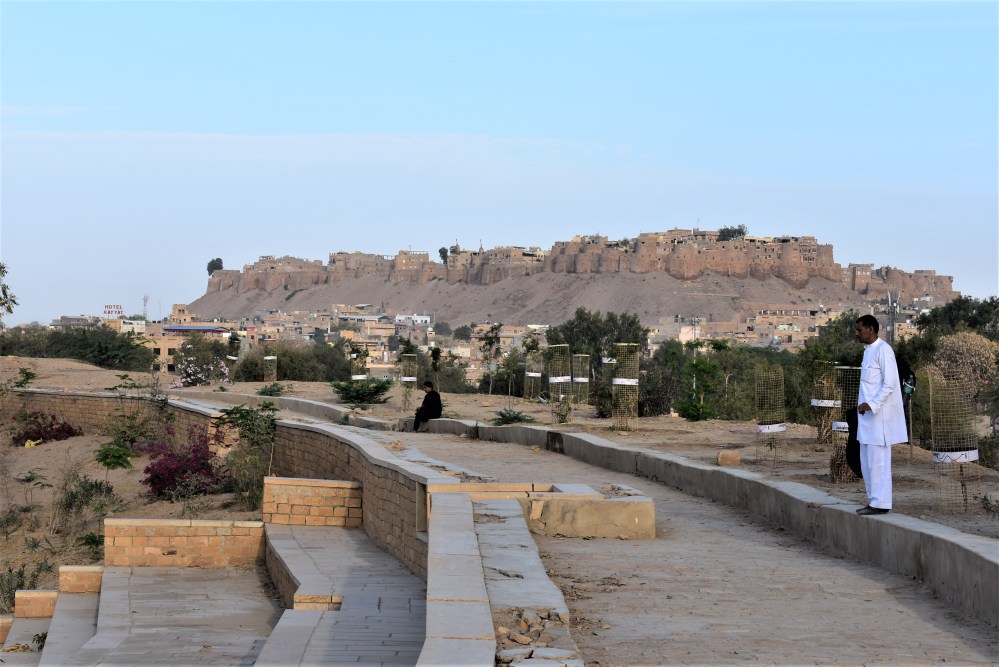
Jaisalmer fort rises up out of the dusty, baking desert surrounding it. It looks like a huge children’s sandcastle, which is essentially what it is; the fort is made from sandstone that’s crumbling away from the foundations up due to all the tourists needing power showers and flushable toilets. Conservation issues aside, the high walls, intricate stone masonry and winding alleyways of the fort city impresses and only two times in its history (it was built in the 12th century) have the walls been breached. Honour was so crucial for the Rajput warriors that both times they were defeated their women would commit jauhar, which is dying by chucking themselves and their children on the fire. Burning to death was better than being captured by the enemy.
Life in the desert
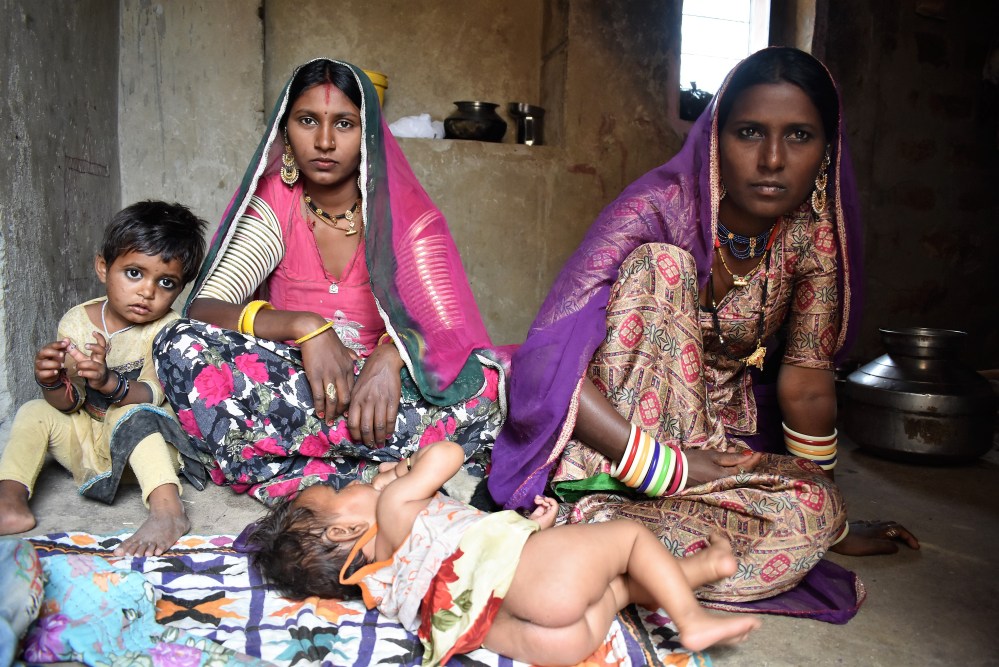
Out of the shade and mystery of the fort walls lies the Thar desert. Flat, poker straight roads lead out from the city, then go on for miles to the surrounding desert that is a mix of scrubby bush, wind turbines and desolate looking villages. Sandy takes us to his village for some chai and lunch, and a glimpse into what living in a desert village must be like.
For starters, there is no electricity, despite the huge wind farm that is now surrounding his village and many other we travelled through. When milk is needed for chai they simply bring the goat into the courtyard and milk it. After monsoon there is a small window where they can grow papayas and some other fruit, but almost nothing grows for the rest of the year; instead they make their living from their goats and camels. Once a week a bus comes to the village to deliver food and supplies for the families.
Daily life is sluggish as Sandy and his family contend with the harsh sun. By midday all activity stops and the household lies around languishing in the heat until about 4pm. His aged mother valiantly tried working after midday, moving buckets of stones from one area of the desert to another (I asked Sandy what she was doing but he was just as clueless as I was). Water is scarce and I watch with interest as Sandy’s sister-in-law uses sand instead of water to wash the dishes.
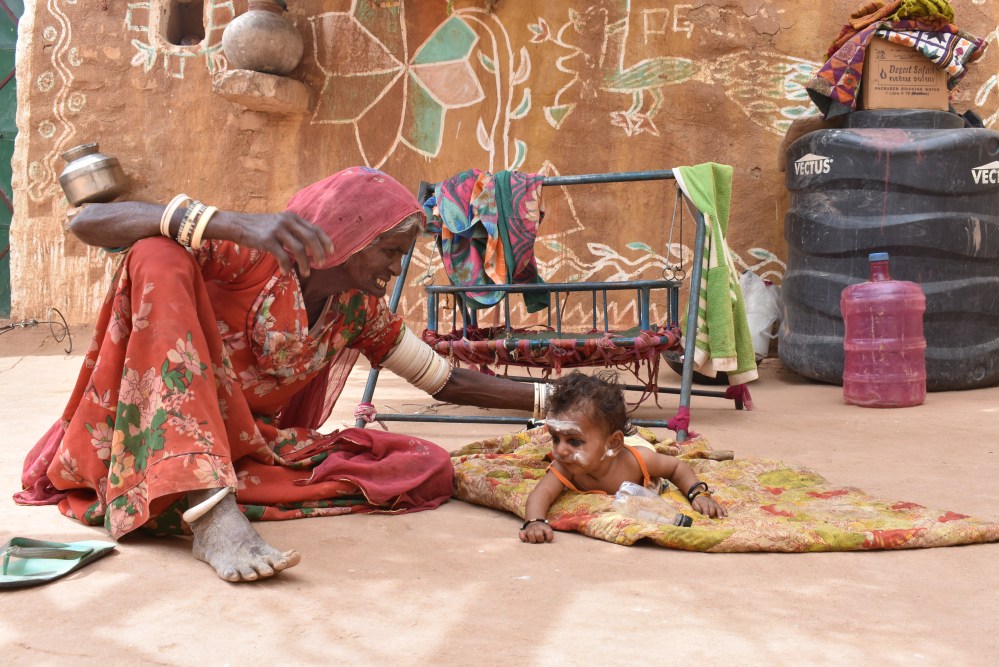
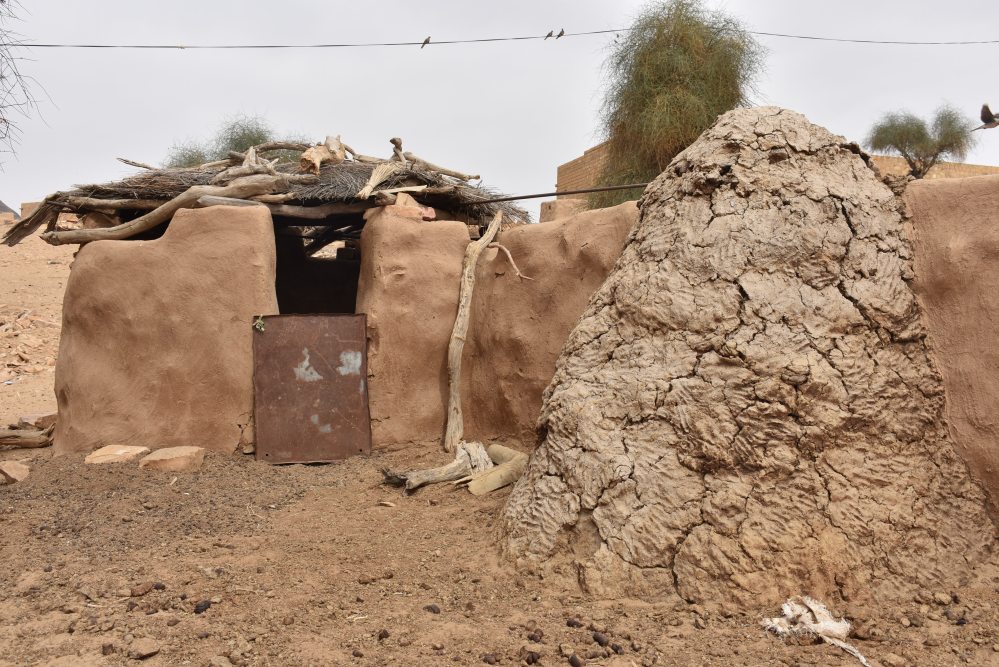
Dal Baati Churma
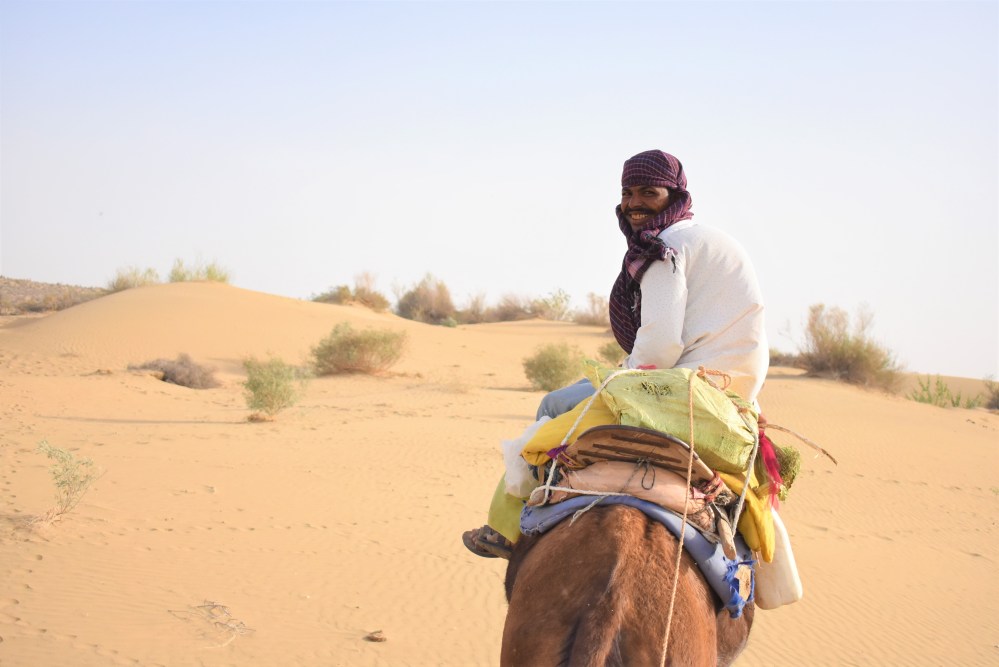
Sandy has been taking tourists on camel safaris since he was 12. He’s a good cook too and makes an impressive spread of pakoras, chapatis, rice, and curries on a basic campfire. So when it comes to ‘Dal Baati Churma Day’, I am excited.
We decide to have the dal batty over lunch, which is probably the first mistake as it’s already hot and appetites are small. Having trekked through the desert for some hours, we stop under some trees that although look good, offer absolutely no comfort as the sand is full of goat shit and the thorns from the trees are sharper than broken glass.
Sandy diligently goes off to collect firewood and great lumps of cow dung for the fire. If you order dal baati at a restaurant I am 99% sure that it won’t have been cooked this way, but ‘proper’ baati has to be cooked in cow dung. Why? I ask Sandy – he has no idea. It just is. Sandy makes a fire using dried wood and the cow dung, after the dung has burned down and become like hot coals, Sandy briefly cooks the dough on top of the coals before burying them in the hot sand underneath. Then we wait for 30 mins whilst the sand and the cow shit work their magic on the heavy mixture of flour plus water.
Meanwhile the dal is cooked ferociously over another makeshift fire. When the baati’s are ready Sandy puts a couple aside to have whole, and tears up the rest of them with his hands before pouring in a whole pot of ghee and about 1 kg of sugar. Using both of his hands he squidges the mixture together and I watch as the charred pieces and undercooked dough pass through every inch of his hands, wondering to myself if I remember seeing him wash them beforehand.
Finally it is ready, as we sit in the sweltering desert heat, surrounded by goat droppings and prickly sharp thorns we tuck into our lunch of cow shit baked balls and the ghee and sugar version of it, along with (thank god!) some dal. By the next day Cass and I were still not ready to eat again and even now, some weeks later, is it making me grimace as I recall eating it. I realised then that I should have listened to the restaurants when they told me “now was not the season”.
I won’t share my recipe and method, but if the sounds of this dish intrigues you and you’d like to give it a go (you’d be forgiven if you just use an oven) then My Ginger Garlic Kitchen has done a pretty appetising version of it.
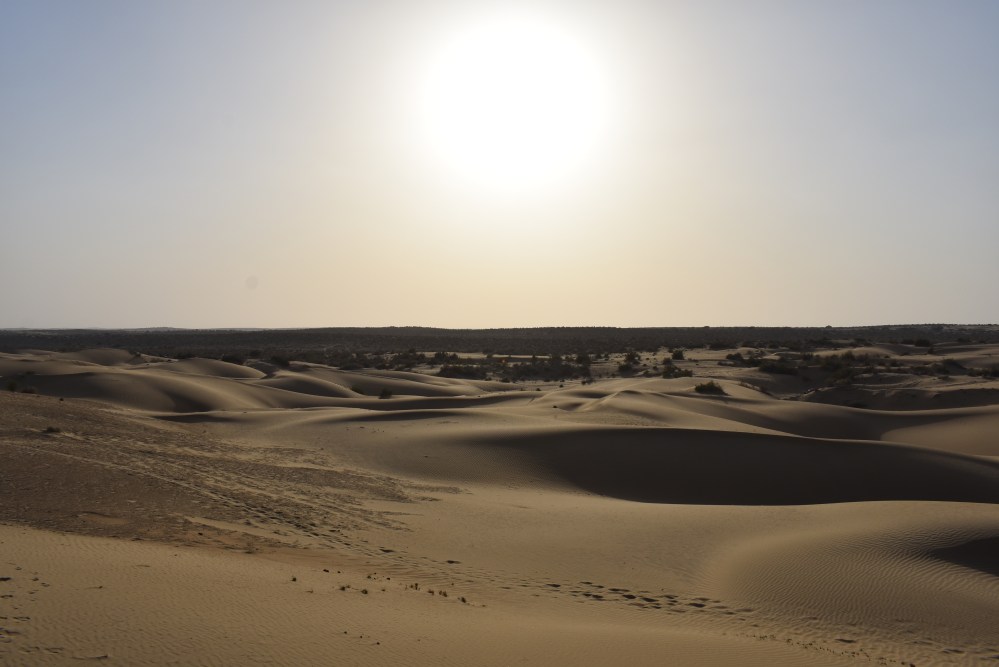

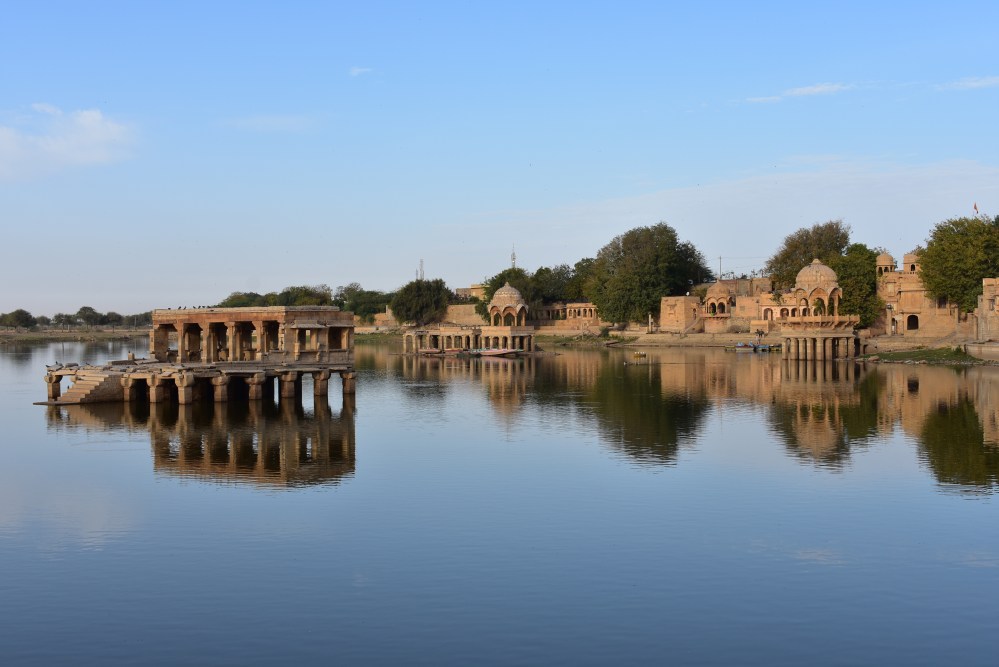
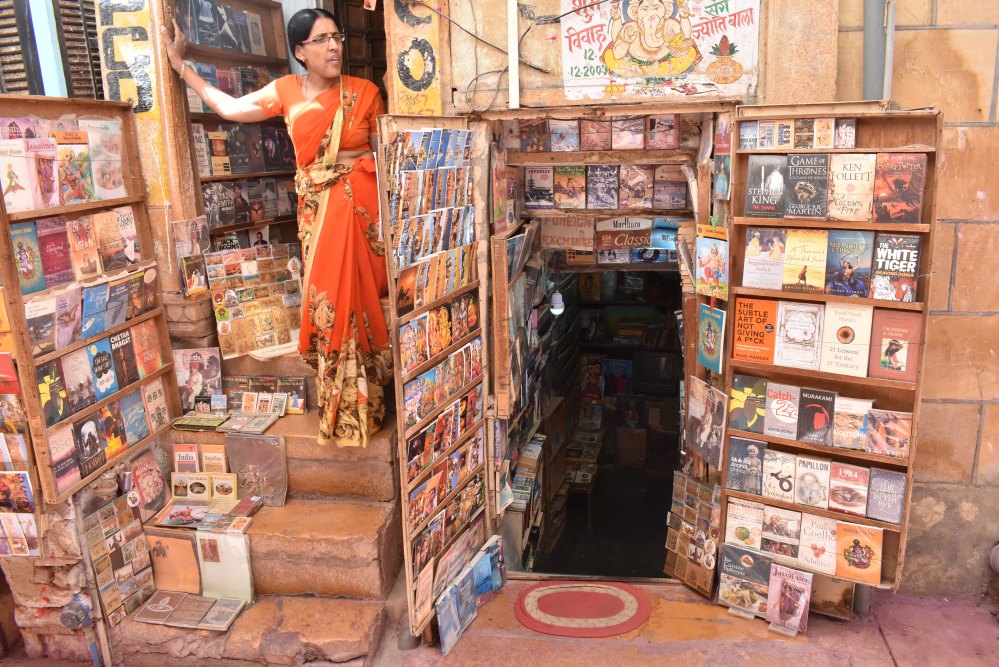
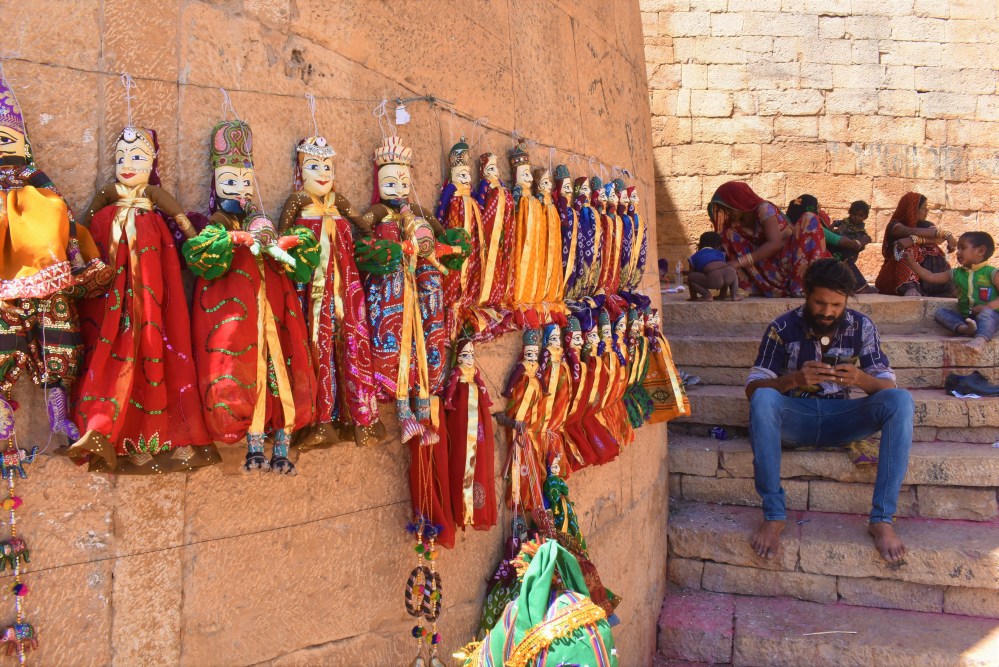
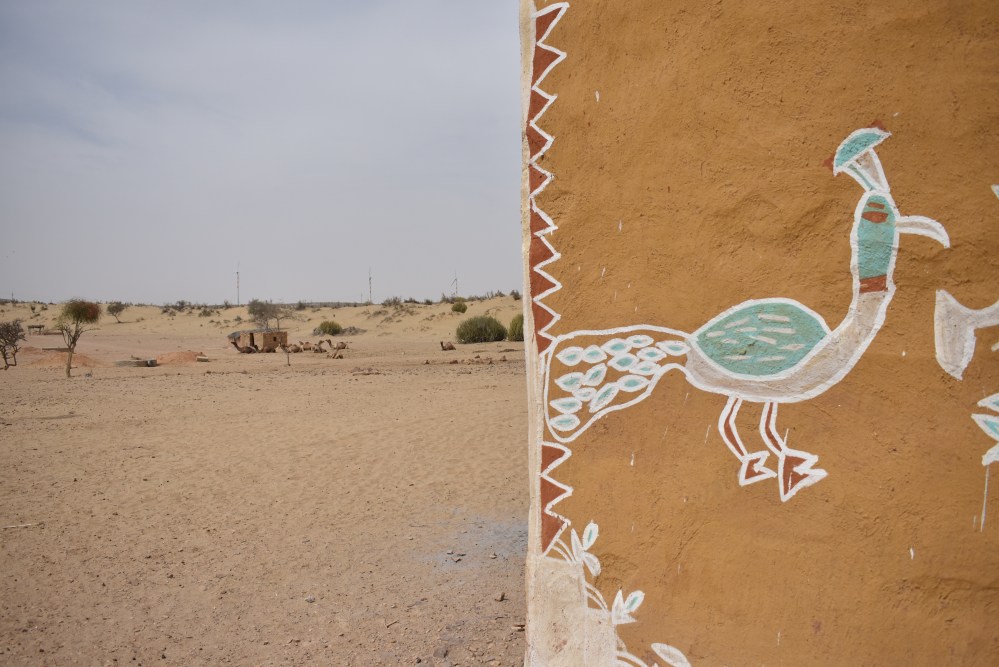
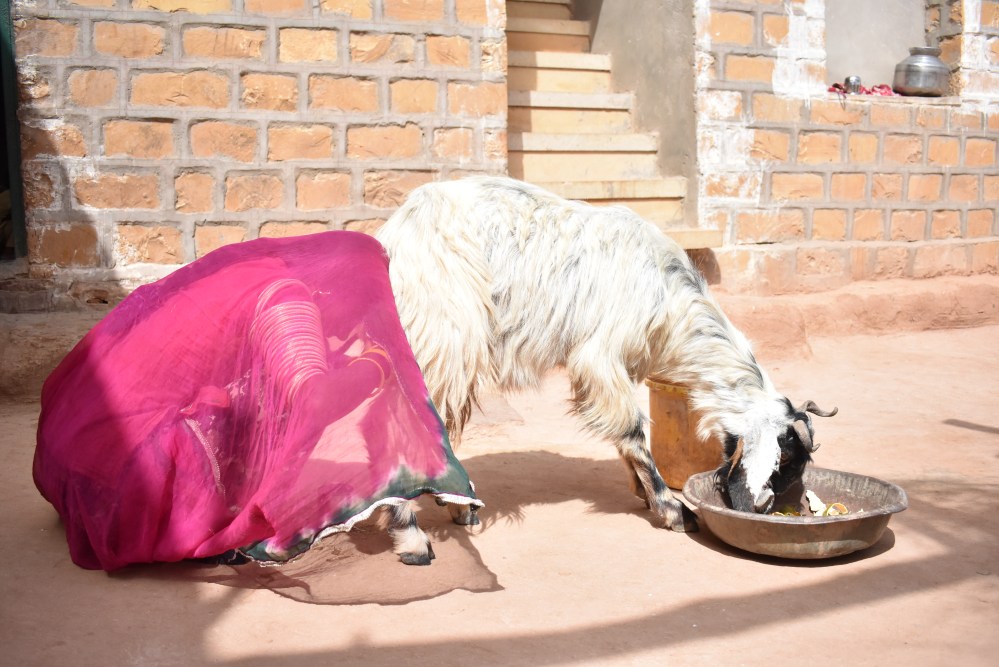
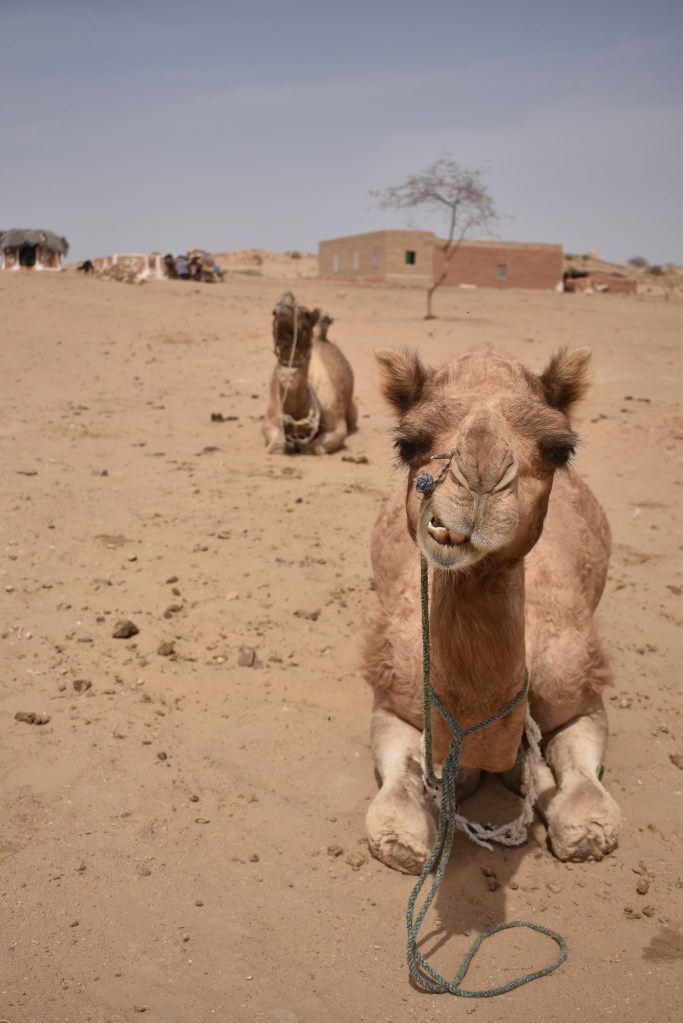
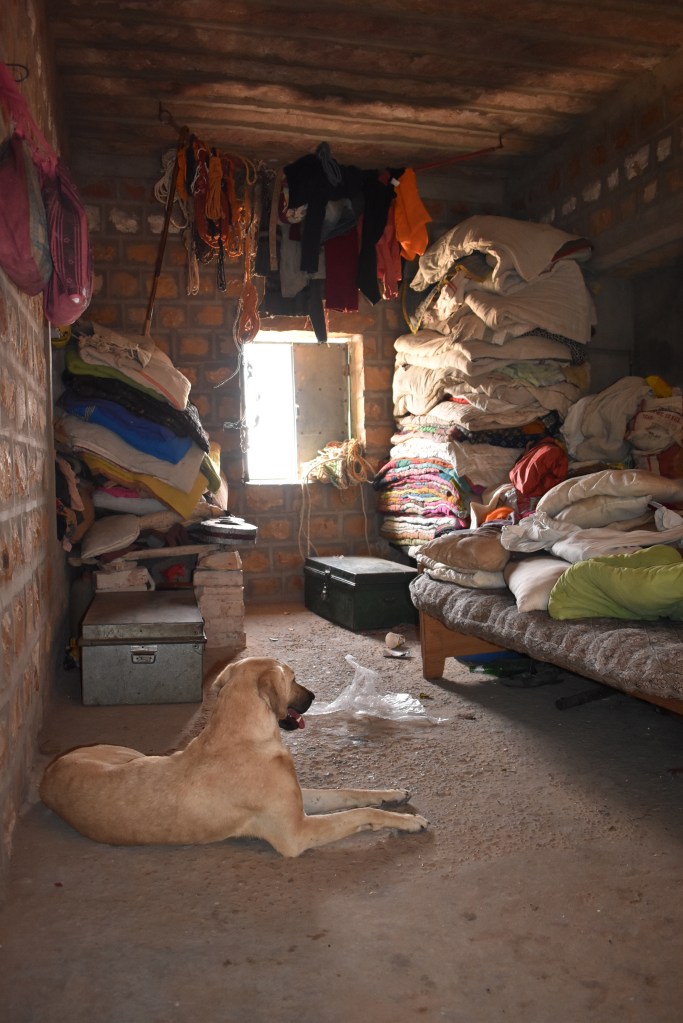
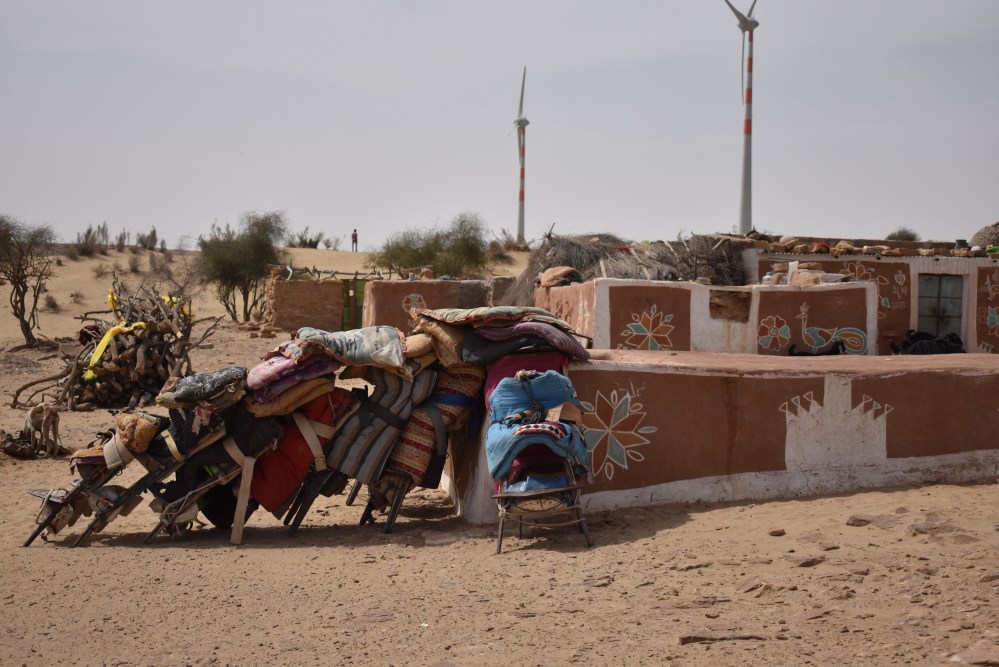
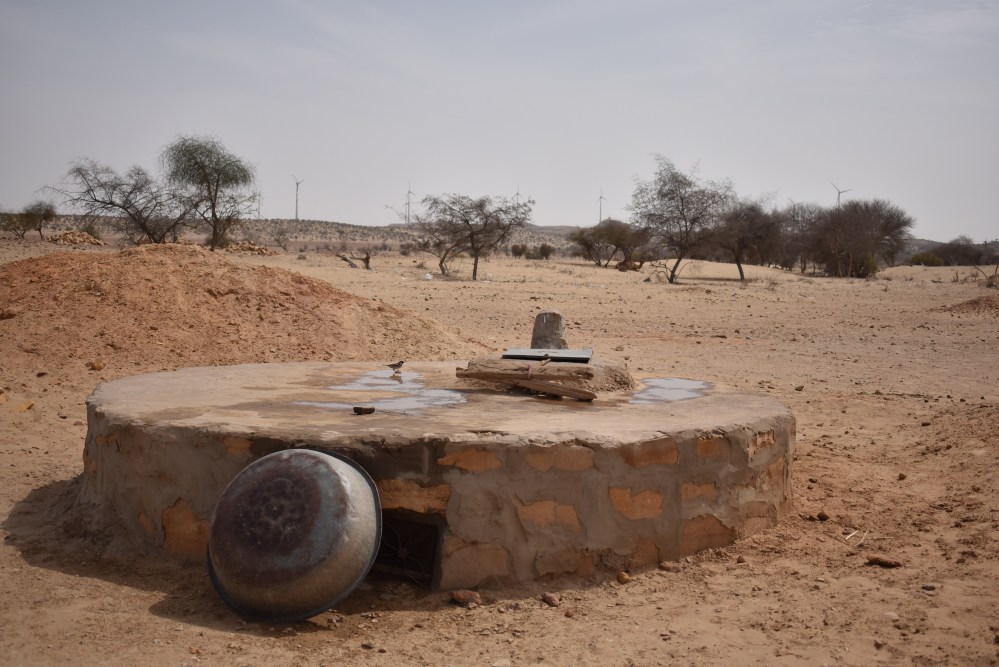
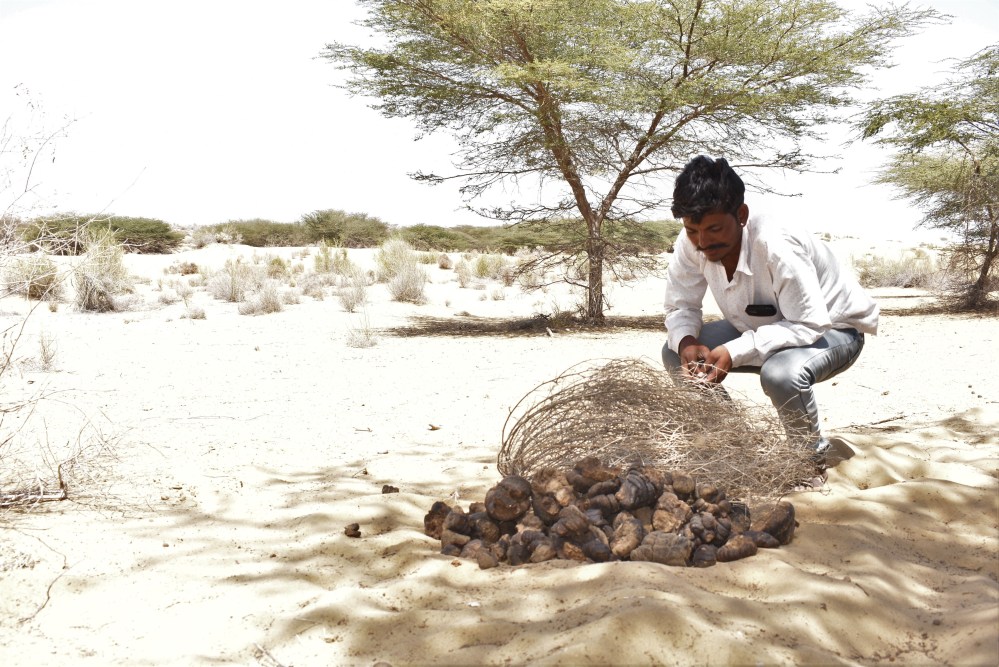
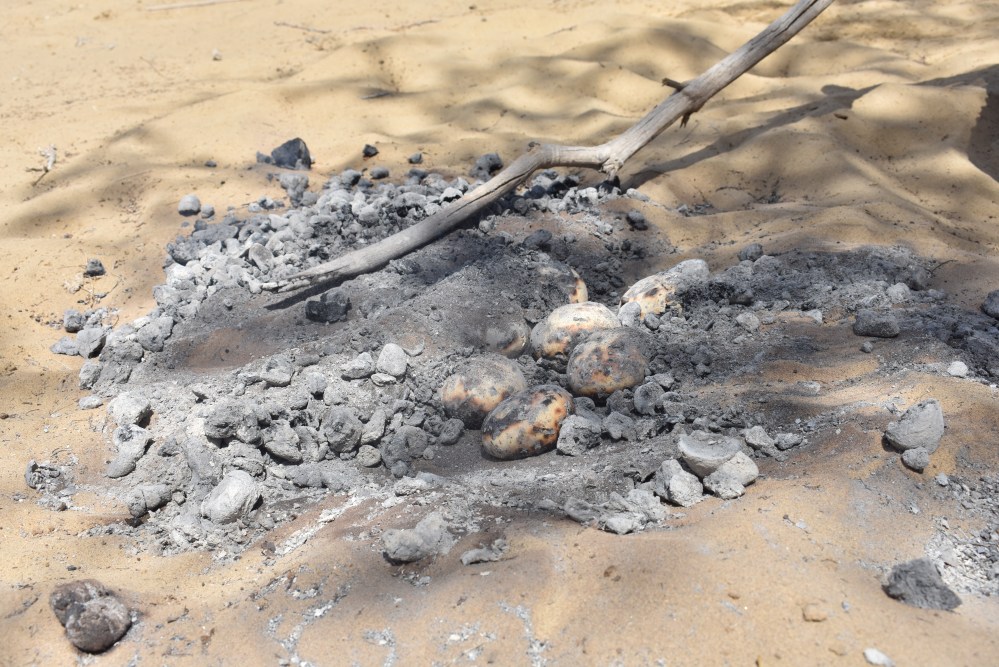
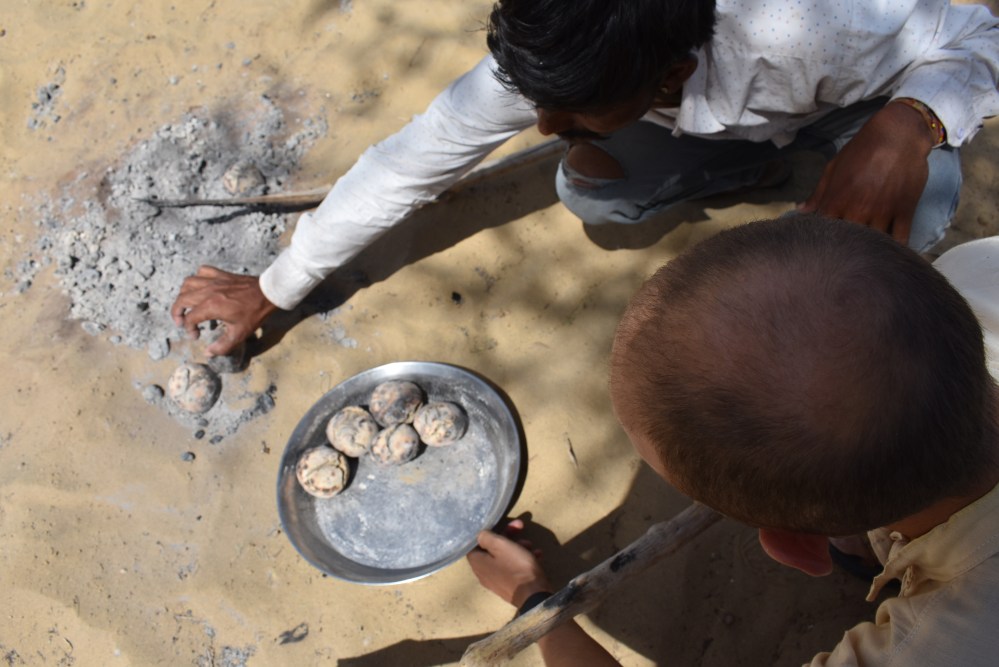
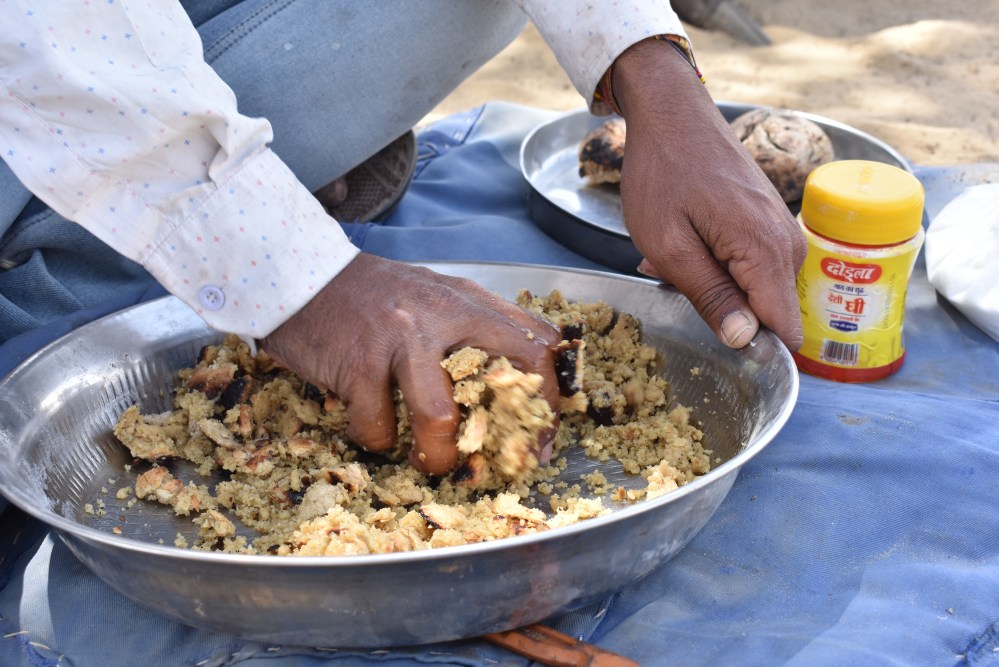
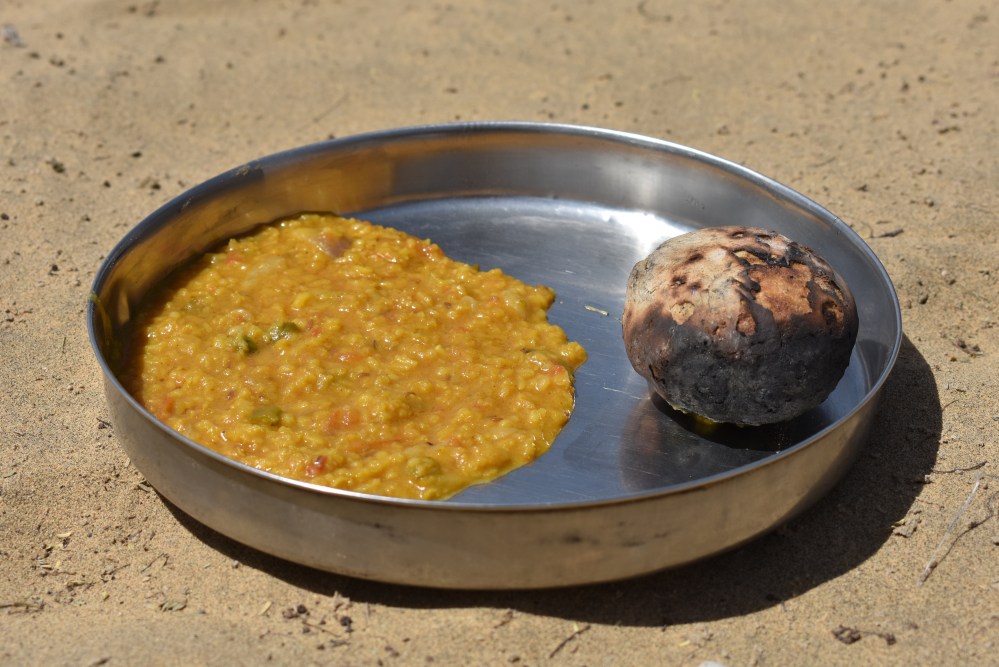
Kudos for being honest, very amusing
LikeLike
That is so interesting, informative and, most importantly, entertaining Chloe.
LikeLike
Let me admit, despite living here I have never had it the way it is prepared in your pictures and blog!
LikeLike
That’s probably a good thing! I would have liked to try the dish again as i’m sure when prepared properly it is delicious.
LikeLike